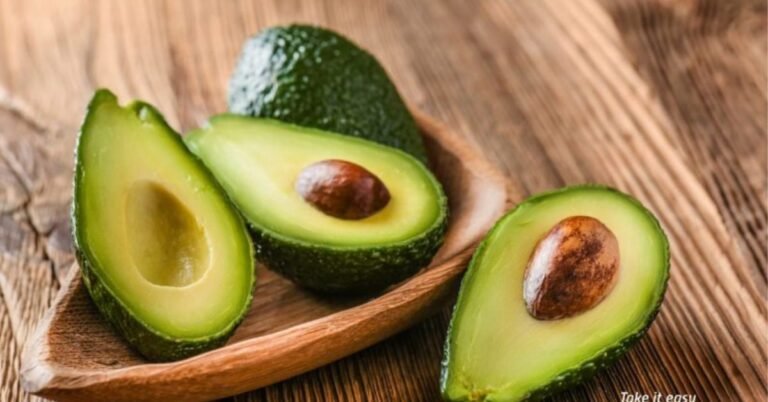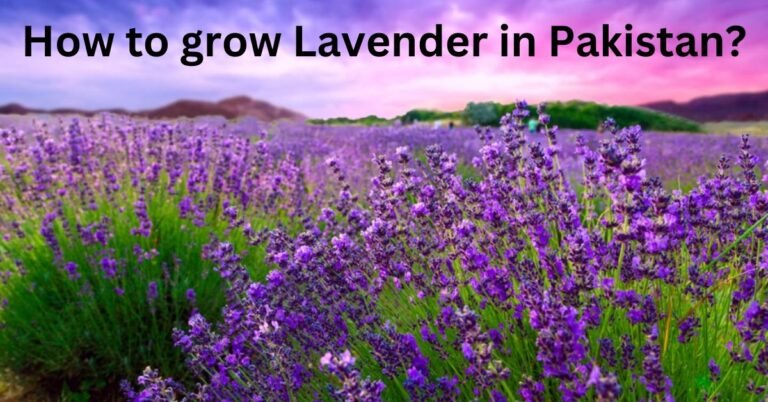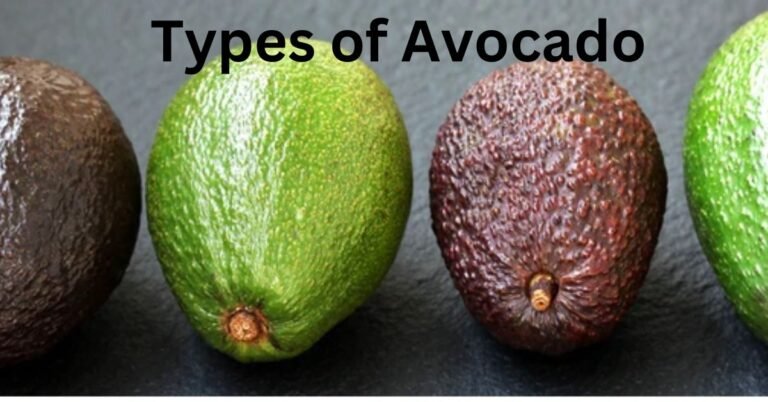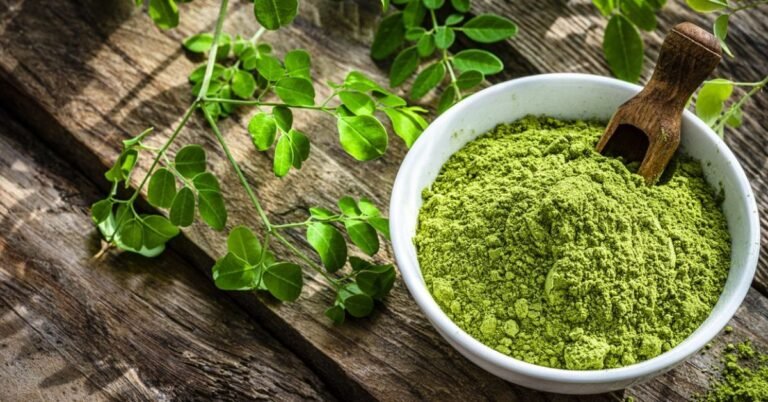Where we find olive trees in Pakistan?
Pakistan has a lot of potential for olive tree farming.
It has been estimated that a maximum of one billion dollars might be earned annually.
If eight million wild olive plants found in various districts were planted and changed into the productive olive.
Similarly, if olives were grown on agricultural, usable wastelands, we could theoretically make nine billion dollars a year.
It’s believed that the olive originated in Asia and was one of the first trees cultivated by humans.
In total, there are 30 different families and 600 different species of trees that make up the Oleaceae family.
The tree species genus (also known as Europium olive) is the sole source of water for this xerophytic plant.
Olives are a standard in the diet all around the Mediterranean region, providing a healthy supply of fat and vitamin E.
When fats are in short supply, people in those countries often turn to olive oil.
While the cultivated olive, genus Plan to meet those needs, is not grown anywhere on a commercial scale.
In the Indo-Pak sub-continent, the wild olive, Olea cuspidal, may be found throughout the northwest Himalayas and other neighboring highlands.
In the local language, this plant is known as Zytoon (Urdu), Showan (Pushtu), Khat (Brahavi), and kow (Punjabi, Sindhi, and Saraiki).
Although Pakistan isn’t widely recognized for its olives, the wild olive tree variety Olea cuspidata does grow in a few locations.
The experimental planting of olive trees dates back to 1986 when the Italian government first provided funding for the endeavor.
One percent of the olive trees that were planted in a previous government challenge never made it.
Later planting campaigns, however, were successful.

Olive oil’s significance:
The Holy Quran mentions olive oil and its benefits multiple times.
There are currently 120,000 olive trees being planted in Pakistan’s: Kashmir, Simla, and Kangra hills near Harnai;
Fort Sandeman (Zhob) in Balochistan; Peshawar; Swat (NWFP); and other regions.
In the Balochistan province of Pakistan, 120,000 olive trees are being planted as part of a marketing push to promote tree planting.
New trees were grown in nurseries on-site, with the other half coming from Italy.
Balochistan is in the southwest corner of Pakistan. It has more homes than any other province in the country.
The olive plantation will cover an area of approximately 14,000 acres (5,665 hectares).

Origins of the Olive in Pakistan:
PARC introduced olives to Pakistan for the first time in 1986 as part of an Italian Project called the Fruit, Vegetable, and olive Project supported by the Government of Italy.
Following the completion of this study, a nationwide survey was carried out to determine.
The most preferred naturally occurring wild olive species (Olea cuspidata),
and it was discovered that there were over 80 million olive trees growing wild in various regions of Pakistan.
Although 5.5 million olive trees were optimized under another government olive project,
less than 1% of plants survived in the outcomes of top operating due to control of optimized plants.

Project Update as of Right Now:
Previously, the Italian government had awarded the Pakistani government.
The “Promotion of Olive Cultivation for Economic Development and Poverty Alleviation” initiative under the Debt Swap Agreement.
PARC, a robust coordinating mechanism, is now directing the project’s activities in the provinces of KPK, Baluchistan, FATA, and Punjab.
The goal of the project is to increase the provinces’ ability to produce edible oils by growing olives on fertile wastelands in Punjab, Khyber Pakhtunkhwa, Baluchistan, and FATA.
The olive promotion project’s primary goal is to increase olive production in designated regions by means of new plantations
in the provinces of Baluchistan, Khyber Pakhtunkhwa, FATA, and Potohar. Olive oil production and consumption should be encouraged.
To establish a number, including the necessary infrastructure and equipment (four oil generators).
The goal is to encourage (PPPs) for the long-term management of newly built orchards and oil turbines to ensure their long-term viability
and to also provide coaching, technical research, and assistance to farmers.

Olive’s Play A Vital Role:
Olives are a great source of edible oil that may be utilized in cooking and other cuisine applications, such as pickling.
In addition to its medicinal and nutritional value, the olive’s fat composition is cholesterol-free.
It can be used to store food, make clothes, and make cosmetics, among many other things.
About 75% of the lipids in olive oil are oleic acid,
making it one of the few extensively used culinary oils (a monounsaturated, omega-nine fatty acid).
An olive’s nutritional and therapeutic value makes it a gift from God.
The Holy Quran makes numerous noble references to olives,
and the importance of olives is confirmed by numerous proclamations made by the Holy Prophet.

Olive and the Pakistan Agricultural Research Council (PARC):
The Pakistan Agriculture and Research Council (PARC),
a research organization specializing in agriculture with headquarters in the nation’s capital,
Islamabad is behind the latest olive tree planting drive.
The project is a continuous attempt to convert uncultivated areas into farmland,
raise awareness of the province’s agricultural industry, and provide local farmers with access to better plant materials.
Within Quetta, the provincial capital, there are plans to build a new olive oil mill.

Developments in Olive Farming in Pakistan:
In the meantime, the Gilgit-Baltistan provincial government in northern Pakistan has said
that they plan to plant three million olive trees in three months as part of an effort to protect the environment.
Deforestation and subsequent soil erosion, landslides, and flash flooding have wreaked havoc on the ecology in some of these regions.
Students from local schools and colleges are encouraged to join the force by planting olive trees
under the watchful eye of the division’s woodland and wildlife staff.
The promotion of olive planting and the expansion of the production of food-safe oils have been the focus of similar efforts in a number of provinces across the nation.
Some of the things that have been done are installing oil-extraction turbines
and teaching local farmers how to grow olives, process them, and keep pests away.

Locale: The Olive Valley of Power:
After being identified as a site suitable for olive cultivation due to its height and local weather,
the Pothwar region in the northeastern corner of the country is being transformed into an “olive valley.”
2.4 million olive trees are being planted there as a commercial crop under a current 5-year initiative running until 2020 and likewise administered by way of PARC.
Numerous additional olive-related goods, including olive jam, chutney, pickles, and olive-derived goods like olive syrup, olive vinegar, olive chocolates, and olive tea,
In addition to olive oil, which is already made in the country, it is also sold on .
CONCLUSION:
To sum up, it would take a substantial amount of time, effort, and intelligence to break into the top rank of olive-producing countries.
The long-term goal is to help Pakistan’s struggling economy by making more olives and selling them abroad.
Pakistan has ideal conditions for the development of olive trees due to its Mediterranean climate.
Olive trees should be planted by small farmers, cultivators, and landowners everywhere.
It is important to do a soil assessment to determine the best regions, parcels of land, and climates for olive cultivation.
Make sure you’re making the most of your resources and machinery.
To help Pakistan break into the international trade market for olives and olive products, all of the above principles should be executed in letter and spirit.





